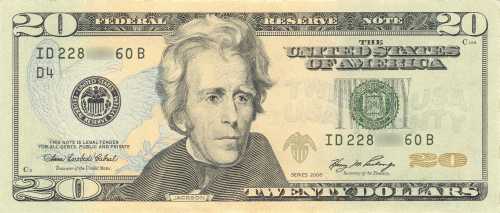Alan Atkisson wonders, Can a Glass of Orange Juice in Sweden be “Climate Smart”? He concludes, Maybe consumer items like this could be labeled, “Relatively less climate-stupid.” I agree.
For green labeling to actually work, there must be a “green information” system parallel to the money economy, and people must pay attention to it. That’s a booming business right now.

Optimistically assuming that all end users have the insight and altruism needed to make the correct environment/money tradeoff, that creates tremendous evolutionary pressure on the production system to evade the intent of the labeling by using cheaper not-so-green alternatives in hidden upstream locations. To paraphrase Groucho, greenness is the key to business success – if you can fake it, you’ve got it made. The evasion need not be so cynical; it simply requires incomplete information, for example sourcing products from places where measurement systems are incomplete. I really rather doubt that we’ll ever have life cycle analysis for every product performed with the same stringency now enforced by money auditing systems.
The optimistic assumptions above are probably misplaced. Altruism is great, but I hate to rely on it, as it’s not clear to me that it’s an ESS. But insight is probably the real constraint. Life cycle analysis is good stuff, but even if it were practical to pass many attributes through the supply chain, with firm-level attribution, the result is complex information about tradeoffs that’s better suited for engineers than for consumers. Add to that the challenges people already face, like making good decisions about saving for retirement and educating children, and I think it’s hard to do much more than muddle minds.
Just as marketers associate cars with love, green labels foster the paradoxical conclusion that some consumption benefits the environment. That may be true for a few goods, but for the most part, it’s not. We should be using green information to examine our broad patterns of consumption, more than to choose what to put in the shopping cart. That might mean non-consumptive tradeoffs, like having more leisure time and less stuff.
Green labeling is great in many cases today, where prices and other incentives are blatantly misaligned with public goods, but ultimately fixing the incentives will get us a lot farther than labeling. That means pricing resources we value upstream, so that value percolates through supply chains as a price signal. In my ideal world, the price tag itself would be a green label.
For green labeling to actually work, there must be a “green information” system parallel to the money economy, and people must pay attention to it. Optimistically assuming that all end users have the insight and altruism needed to make the correct green-money tradeoff, that creates tremendous evolutionary pressure on the production system to evade the intent of the labeling by using cheaper not-so-green alternatives in hidden upstream locations. The evasive response need not be cynical, it simply requires incomplete information, i.e. sourcing products where measurement systems are incomplete. I really rather doubt that we’ll ever have life cycle analysis for every product performed with the same stringency now enforced by money auditing systems. Green labeling is great in many cases today, where prices and other incentives are blatantly misaligned with social goals, but ultimately fixing the incentives will get us a lot farther than labeling.
